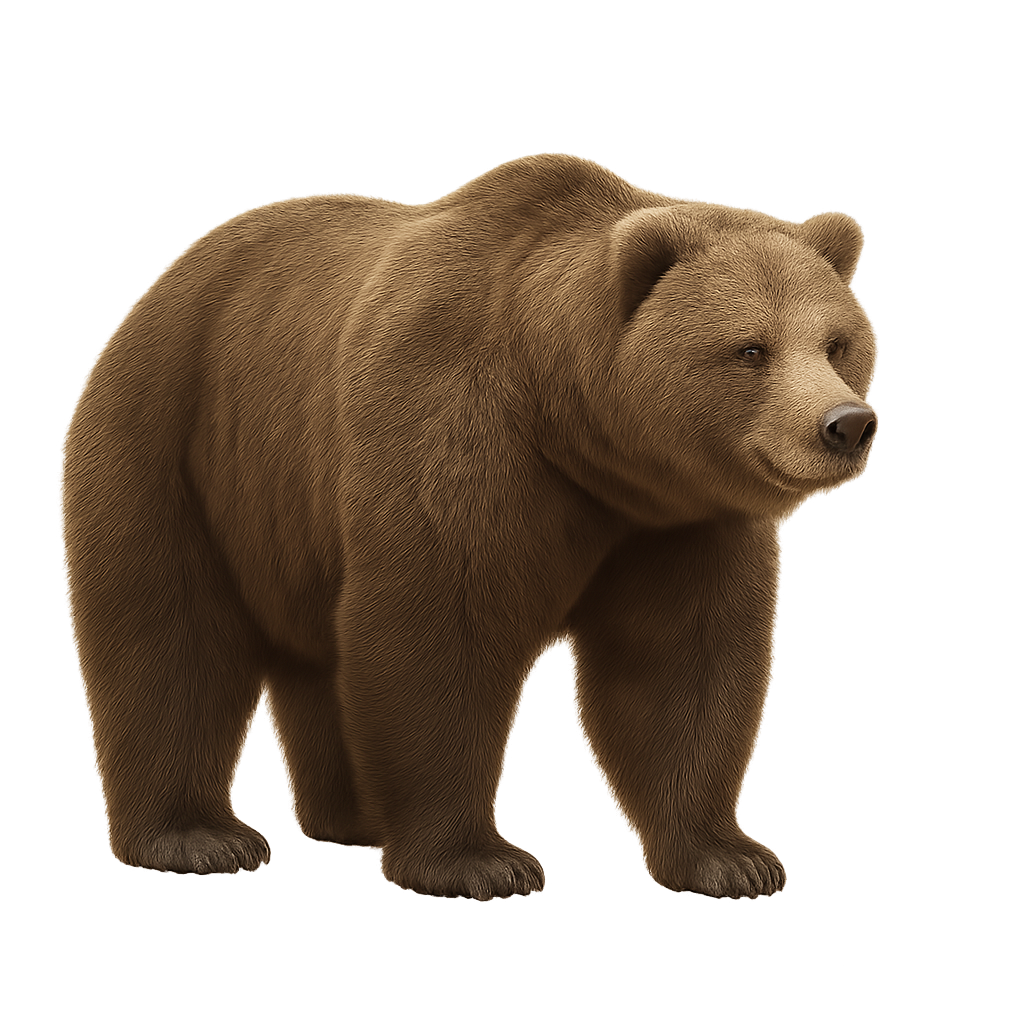Your wildlife photography guide.
Explore the grizzly bear in detail, study its behavior, prepare your shots.
Where to observe and photograph the grizzly bear in the wild
Learn where and when to spot the grizzly bear in the wild, how to identify the species based on distinctive features, and what natural environments it inhabits. The WildlifePhotographer app offers tailored photography tips that reflect the grizzly bear’s behavior, helping you capture better wildlife images. Explore the full species profile for key information including description, habitat, active periods, and approach techniques.
Grizzly bear
Scientific name: Ursus arctos horribilis

IUCN Status: Least Concern
Family: URSIDAE
Group: Mammals
Sensitivity to human approach: Shy
Minimum approach distance: 50 m
Rut period: May to June
Gestation: 180-270 jours
Births: January to February
Habitat:
Temperate and boreal forests, mountains, and woodlands of the USA, Canada, and Alaska
Activity period :
Primarily active during the day, with peak activity in the morning and late afternoon.
Identification and description:
The Grizzly Bear is a subspecies of the brown bear, imposing and robust, often considered one of the most powerful land predators in North America. It measures between 2 and 3 meters in length, with a shoulder height ranging from 1 to 1.5 meters, and weighs between 200 and 680 kg, with males generally being larger than females. Its fur is dense and can range from light to dark brown, sometimes with silver hues that give it a grizzled appearance. The Grizzly primarily inhabits forests, mountains, and prairie areas in North America, notably in Alaska, Canada, the Rocky Mountains, and U.S. national parks like Yellowstone. Omnivorous, it primarily feeds on berries, roots, fish, but also small mammals and sometimes animal carcasses. While feared due to its size and strength, the Grizzly is a shy animal and prefers to avoid human contact. The species is protected in many regions, although its population is still threatened by habitat loss, illegal hunting, and conflicts with humans.
Recommended lens:
300 mm – adjust based on distance, desired framing (portrait or habitat), and approach conditions.
Photography tips:
To photograph a grizzly, a telephoto lens is essential to capture its behavior without disturbing it.
Prefer the soft light of morning or evening when animals are more active.
Be discreet and don’t get too close, as grizzlies can be unpredictable, especially when threatened or with their young.
IUCN status: Least Concern. Respect its space and follow local conservation rules to minimize disturbance.
The WildlifePhotographer App is coming soon!
Be the first to explore the best nature spots, track rutting seasons, log your observations, and observe more wildlife.
Already 1 429 wildlife lovers subscribed worldwide

